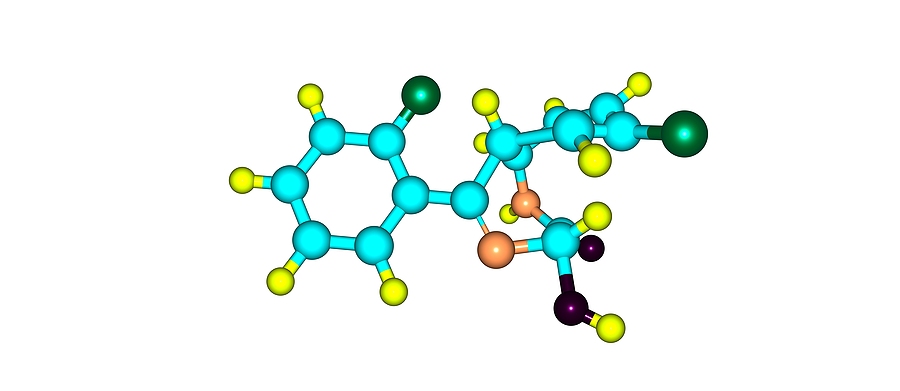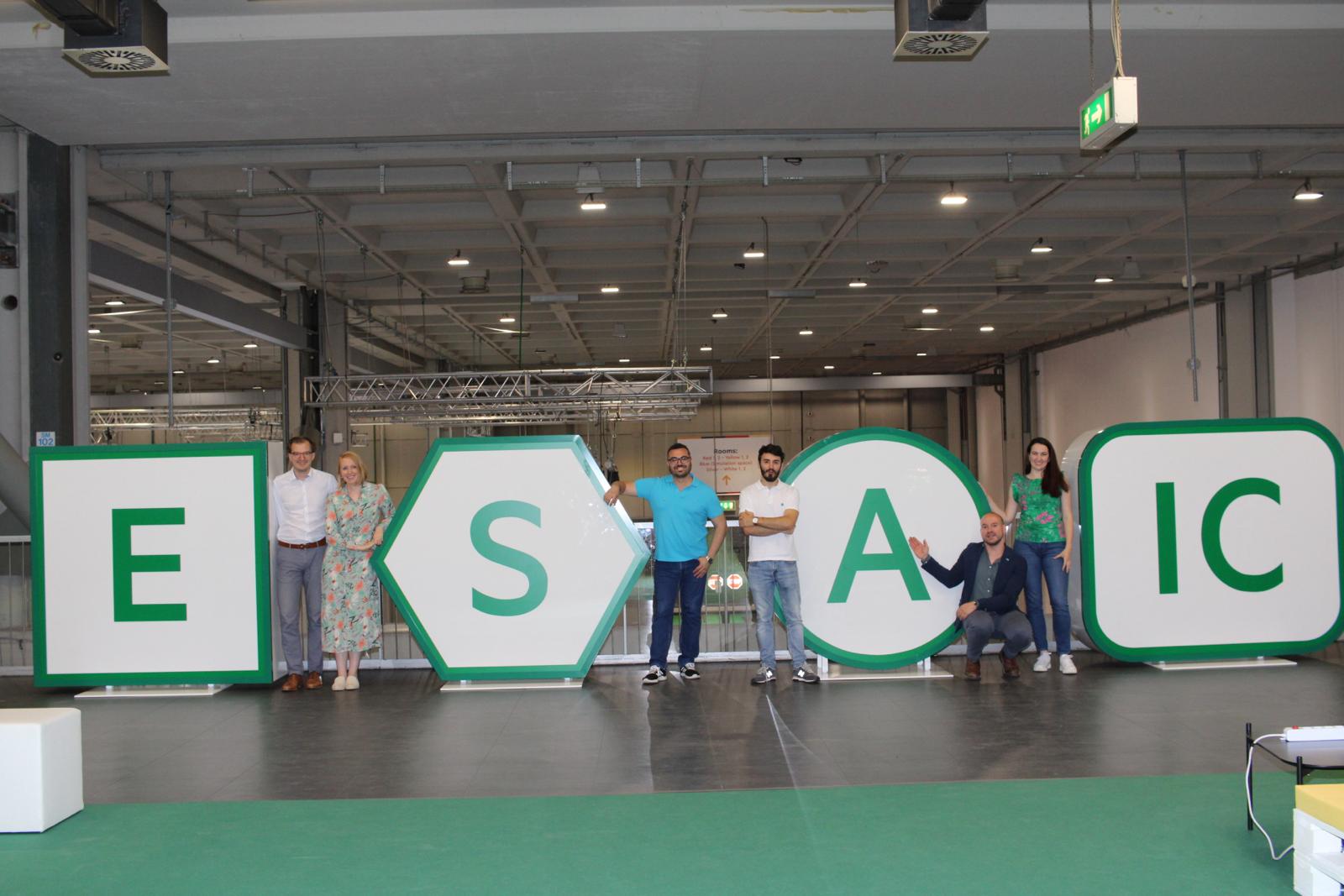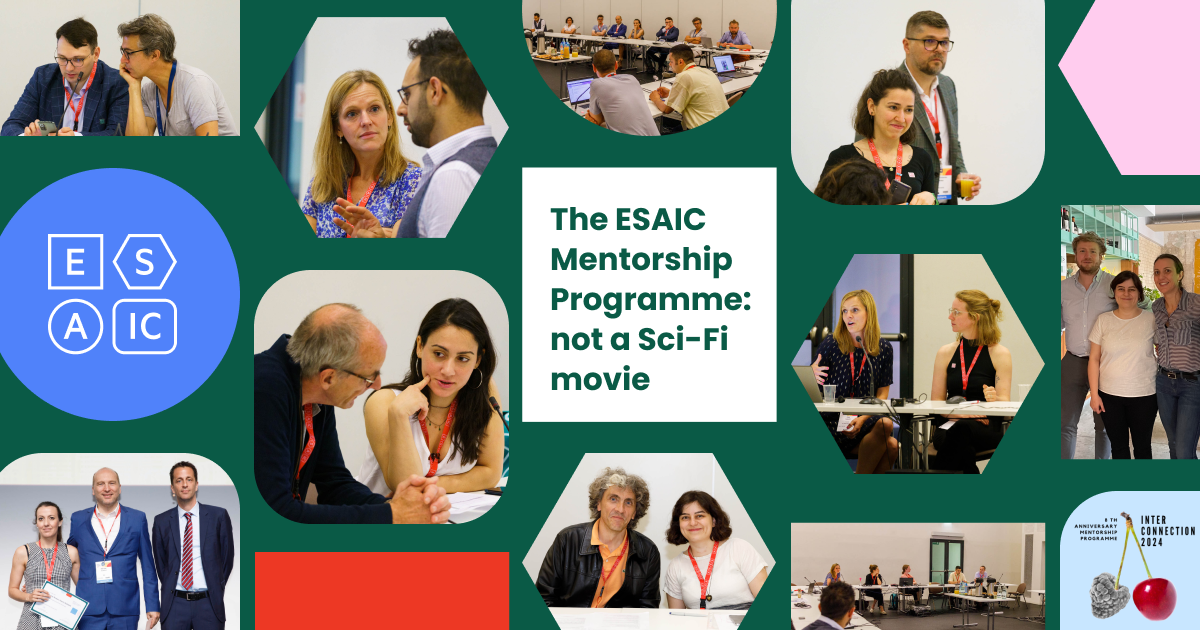ESAIC News
EA20 Newsletter: Session 09RC1: New drugs for anaesthesia – ready to go?
Saturday 28 November, 1500-1545H, Channel 6
In this refresher course session on Saturday afternoon, Professor Michel Struys (University Medical Centre Groningen, Netherlands) will review drugs for anaesthesia that are in the later stages of clinical development (phase 2 or 3 trials), as well as some molecules that are earlier in the process, and some where development has been halted.
Included in his talk is the short-acting benzodiazapine remimazolam. This drug, which is metabolised by carboxylesterases, has a rapid onset and fast recovery compared with other drugs in its class such as lorazepam and midazolam. The drug has a dose-dependent anaesthetic effect, with a moderate effect on haemodynamics – causing a slight decrease in mean arterial blood pressure (MAP) and a slight increase in heart rate. Side effects include a a dose-related respiratory depression.
Remimazolam has been approved for general anaesthesia and procedural sedation in Japan (where it was developed) and South Korea, and has been recently approved for procedural sedation in China and the USA. The results of phase 3 trials in Europe are expected in the coming months, in early 2021. “It appears this will be the first new hypnotic widely approved in decades for perioperative medicine,” says Prof Struys.
Also included in the talk is alphaxalone/Phaxam, which is actually a reformulation of the existing drug althazene used between 1972-1984. The new product is alphaxalone dissolved in an organic solution with a lipophilic cavity that allows dispersal in water for human use. It is a rapid onset progesterone analogue, and like remimazolam slightly lowers MAP and slightly increases heart rate. The recovery time is fast, similar to propofol.
Side effects of the new formulation are not covered much in publications to date, but could be expected, says Prof Struys, to be similar to those found with althazene. The phase 3 pilot trials of Phaxam were stopped in 2018 due to ‘early goal achievement’ (when compared with propofol), however these results have not yet been reported in the literature.
Among the molecules in preclinical development is ABP-700. This is an etomidate analogue with a rapid onset and offset and similar haemodynamic stability than etomidate, but without adrenal suppression. Side effects include involuntary muscle movements. At this stage, only phase I trials have been completed and new trials will hopefully be initiated soon. Another etomidate analogue is ET26-hydrochloride, however, at this stage, only preclinical information on this molecule can be found.
Professor Struys also includes some molecules where development has been stopped. However he says: “This is not necessarily due to side effect profile or lack of efficacy – it can just be a commercial decision not to progress development now, or to sell to another company who can restart the research.”
One such molecule is AZD-3043, a phenylpropanoid that undergoes rapid metabolism by esterases. This molecule has a dose-related time to onset, and can cause an increase in heart rate, but does not affect MAP. However, despite a rapid recovery profile, the literature highlights involuntary muscle movements as a severe side effect, along with erythema (reddening of the skin and mucous membranes). No further clinical trials have been registered recently.
Professor Struys concludes “Various new molecules are in the pipeline, but it’s too early to be certain which ones will make it to market.”
Read More of our special newsletter covering our virtual congress
Visit our COVID-19 Resource Hub for other news and resources.











